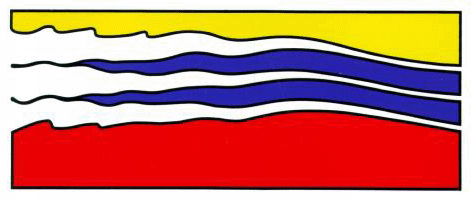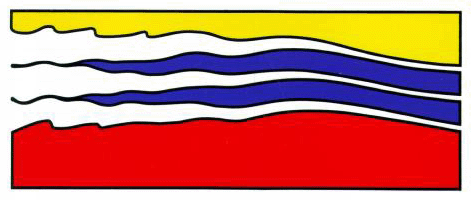
4111 Monarch Way, 3rd Floor
Old Dominion University
Norfolk, VA 23508
757-683-4940


Low dissolved iron concentrations limit the growth of
phytoplankton over large areas of the surface ocean. Atmospheric
deposition of mineral aerosols ('dust') provides a primary input of iron
to open-ocean surface waters, thus variations in this atmospheric input
flux may exert a significant control on atmospheric carbon dioxide via
the ocean's biological pump. In this context, a key variable is the
proportion of aerosol iron that dissolves in the surface ocean, which
soil dust is thought to be quite small (around 1%). In this talk, I
will use data from Bermuda, Greenland, and Antarctica to argue that
anthropogenic combustion emissions constitute a significant source of
highly-soluble aerosol iron, such that human activities are perturbing
the availability of this essential micronutrient, and possibly other
bioactive trace elements, in the surface ocean.
Peter Sedwick received B.S. (Chemsitry) and Ph.D. (Oceanography) degrees from the University of Hawaii at Manoa. He was a Research Scientist at the University of Tasmania's Antarctic Cooperative Research Centre from 1993-2001 and an Associate Research Scientist at the Bermuda Institute of Ocean Sciences from 2001-2008. Dr. Sedwick joined Old Dominion University as an Associate Professor in the Department of Ocean, Earth and Atmospheric Sciences in 2008. His research focuses on the marine biogeochemistry of trace metals and their role in regulating primary production in the sea.

|
Innovation Research Park Building I 4111 Monarch Way, 3rd Floor Old Dominion University Norfolk, VA 23508 757-683-4940 |

|